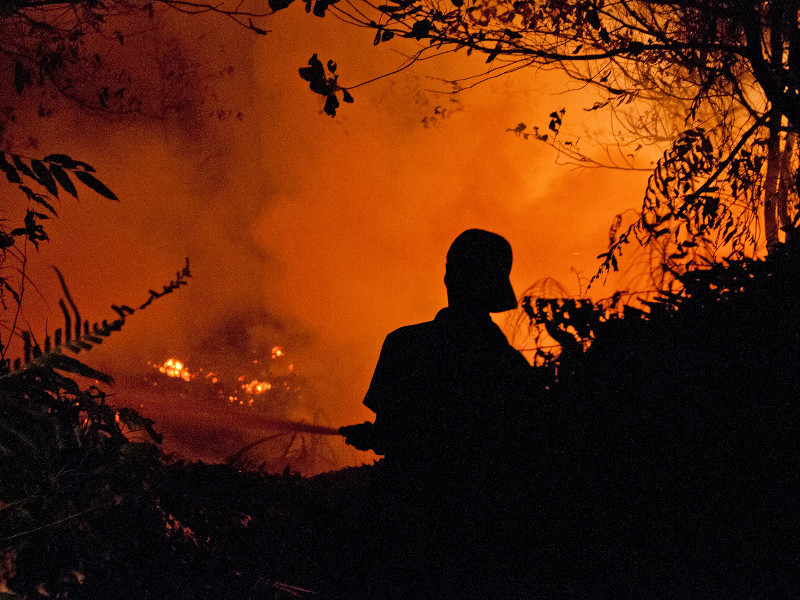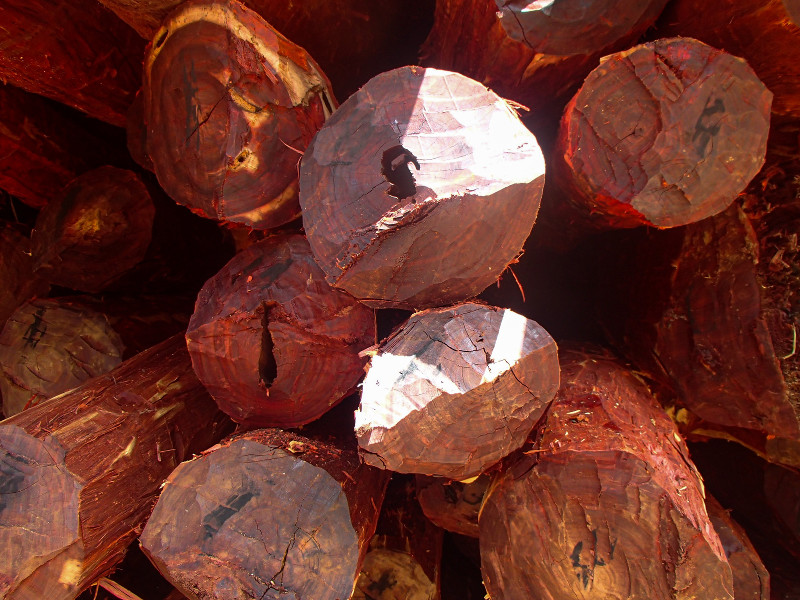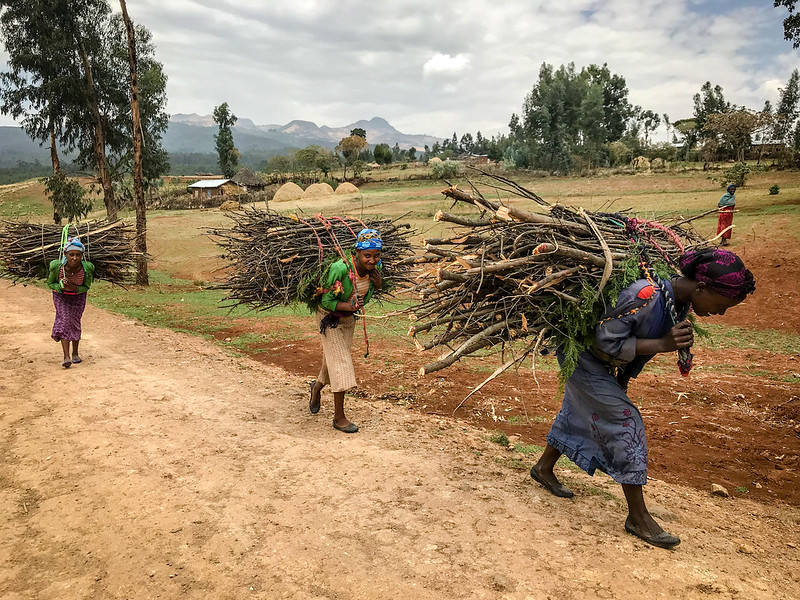Caragana shelterbelts are a common feature of farms in the Northern Great Plains of North America. We investigated if nitrogen (N) from this leguminous shrub contributed to the N nutrition of triticale and oat forage crops growing adjacent to the shelterbelt row. Nitrogen transfer was measured using 15N isotope dilution at distances of 2 m, 4 m, 6 m, 15 m and 20 m from the shelterbelt. At 2 m caragana negatively impacted the growth of triticale and oat. At 4 m from the shelterbelt productivity was maximum for both forage crops and corresponded to the highest amount of N originating from caragana. The amount of N transferred from caragana decreased linearly with distance away from the shelterbelt, but even at 20 m from the shelterbelt row measureable amounts of N originating from caragana were detectable in the forage biomass. At 4 m from the shelterbelt approximately 40% of the N in both oat and triticale was from caragana, and at 20 m from the shelterbelt approximately 20% of the N in oat and 8% of the N in triticale was from caragana.
DOI:
https://doi.org/10.3390/f6061922
Altmetric score:
Dimensions Citation Count:
























